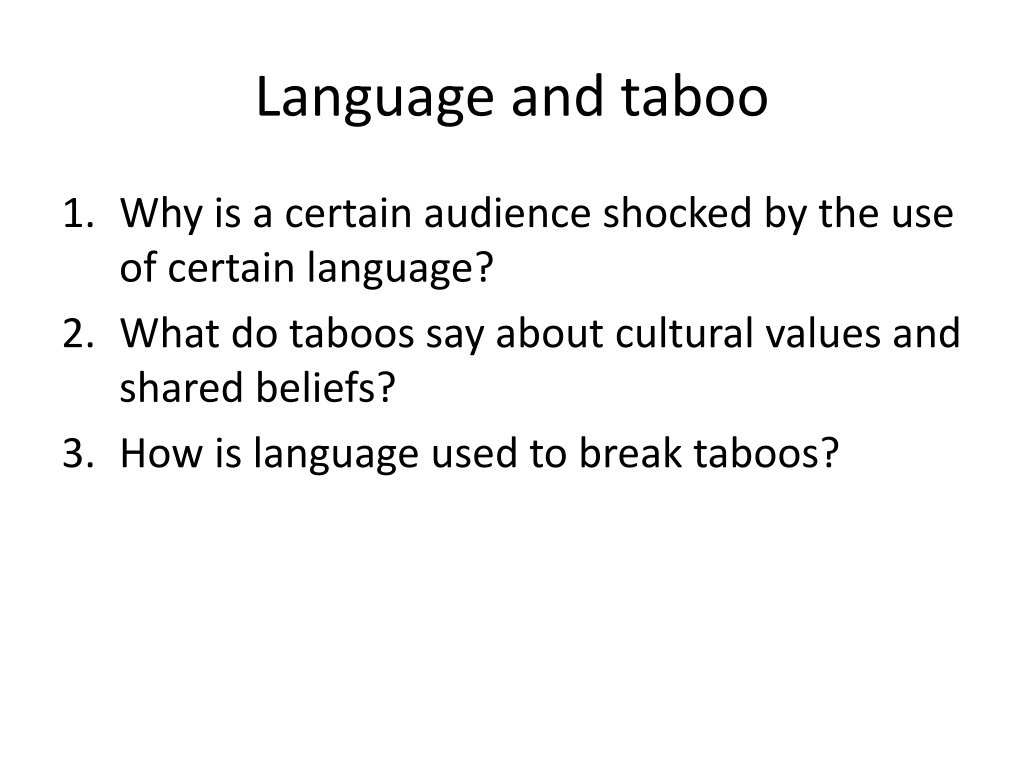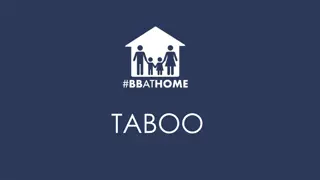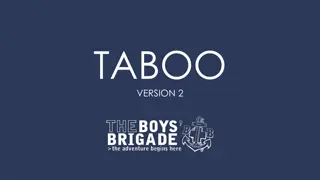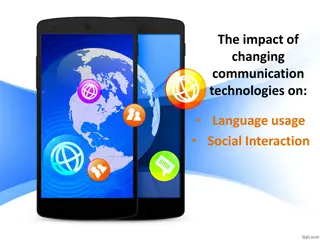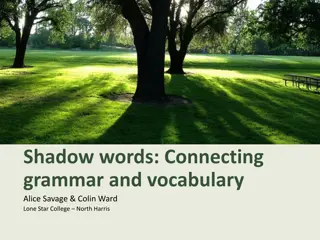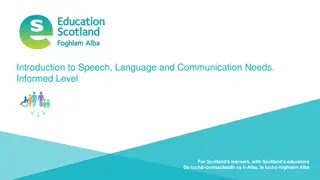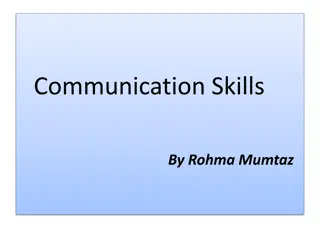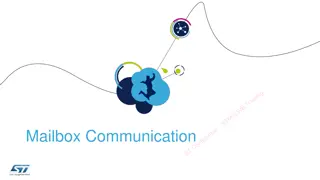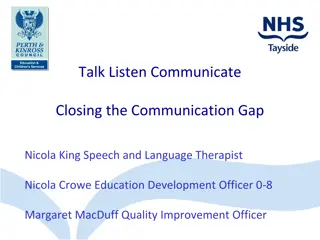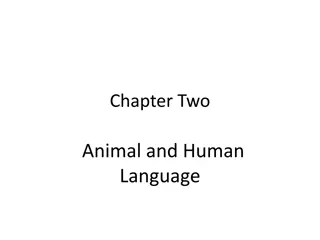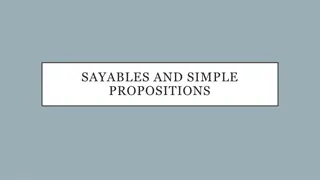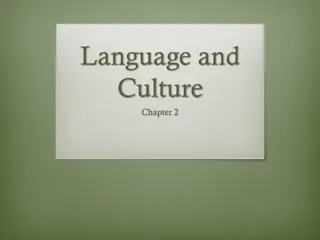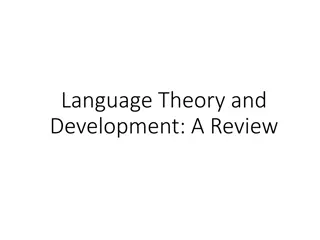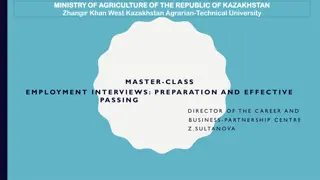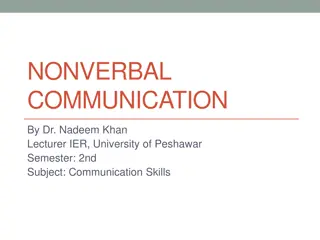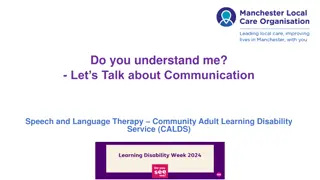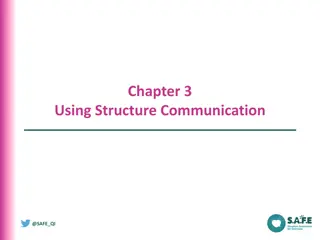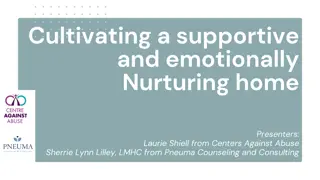Exploring Language, Taboo, and Communication Through Visuals
Delve into the impact of language on societal norms, cultural values, and political discourse through a visual journey touching on taboos, offensive language, and persuasive communication strategies employed by public figures. Explore the nuances of vocabulary usage, the influence of hashtags, and the power of linguistic devices in shaping public perception.
Download Presentation

Please find below an Image/Link to download the presentation.
The content on the website is provided AS IS for your information and personal use only. It may not be sold, licensed, or shared on other websites without obtaining consent from the author. Download presentation by click this link. If you encounter any issues during the download, it is possible that the publisher has removed the file from their server.
E N D
Presentation Transcript
Language and taboo 1. Why is a certain audience shocked by the use of certain language? 2. What do taboos say about cultural values and shared beliefs? 3. How is language used to break taboos?
"She got ______!" 1. Is this word offensive and should it be considered taboo? 2. If it is offensive, why? What makes this word unacceptable? If it's not offensive, why? Why is this word appropriate to use? 3. Does it matter how offensive a word is before you consider not using it? Are there degrees of taboo? 4. You may use language that is more offensive in your every day life. Is that a problem? 5. Should certain words be banned from public discourse? Why or why not? What are the implications on free speech if this occurs? 6. Should politicians be held to a higher standard in terms of the language they use in comparison to the general public? 7. Is it a verb or is it a noun? Is this vulgar? 8. What happens to the English language when you change nouns into verbs? What happens when they are considered taboo or vulgar words? 9. Has politically correct language gone too far? Are we censoring ourselves to be or to appear politically correct? What is the effect of this, both positive and negative?
1. How does the author use a hashtag to influence her audience? 2. Is the hashtag persuasive? Why or why not? 3. What role does absolutes play in this tweet? 4. How does this tweet both respond to Trump's comments and also not respond to his comments? What is the subtext being offered here?
http://www.thinkib.net/files/englishalanglit/tim-post-1/Post-25/Screen-Shot-2016-01-21-at-9.47.59-pm.pnghttp://www.thinkib.net/files/englishalanglit/tim-post-1/Post-25/Screen-Shot-2016-01-21-at-9.47.59-pm.png
1. How would you characterize the language and narration of a press release? 2. How does the press release use syntax and assorted sentence structure and for what effect? 3. What specific words and phrases does Donald Trump use in his press release to persuade his audience of his argument? 4. Do you agree or disagree with this press release? Why or why not?
1. How do candidates use language, syntax, and subtext (among other stylistic and linguistic devices) to persuade their audience? 2. How is Donald Trump being characterized and why? 3. Which tweet is most effective and why?
Assessment Monday 5th December Plan for this assessment: Why do you believe that Trump has such a broad appeal? Collect quotes from Trump. Useful links: http://www.nytimes.com/2015/12/06/us/politics/95000-words-many-of-them- ominous-from-donald-trumps-tongue.html?_r=0 http://www.nytimes.com/interactive/2015/12/05/us/politics/donald-trump-talk.html https://youtu.be/_aFo_BV-UzI http://www.bostonglobe.com/news/politics/2015/10/20/donald-trump-and-ben- carson-speak-grade-school-level-that-today-voters-can-quickly- grasp/LUCBY6uwQAxiLvvXbVTSUN/story.html http://www.politico.com/magazine/story/2015/08/donald-trump-talks-like-a-third- grader-121340 http://www.nytimes.com/2015/10/06/us/politics/how-donald-trump-uses- twitter.html
